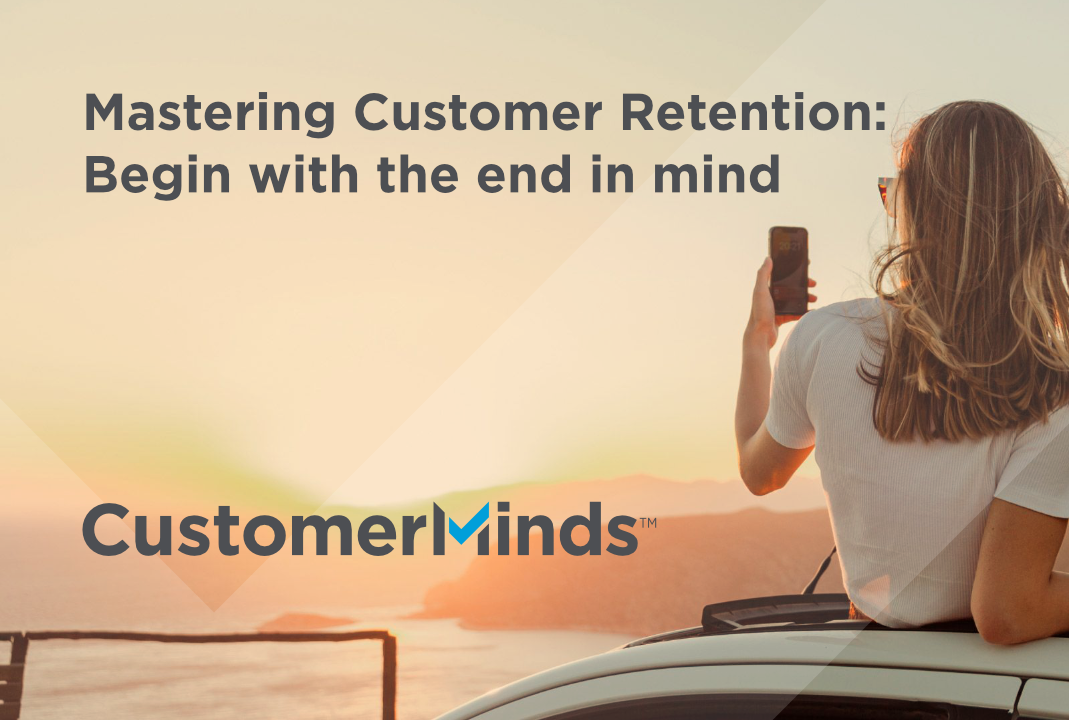The Power of Automation in SMART Customer Journeys
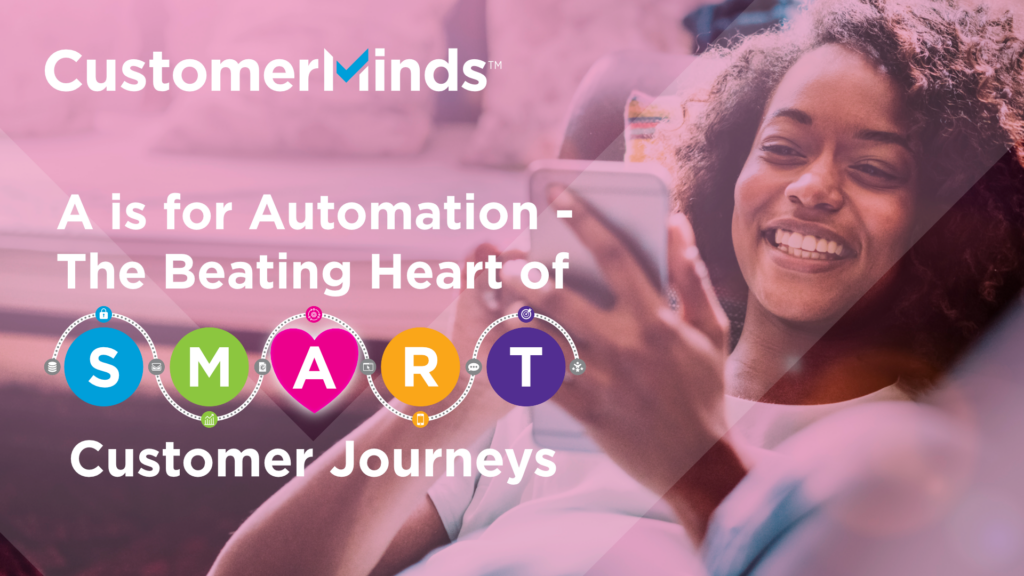
In a digital-first world, the expectation for seamless, round-the-clock customer communication experiences is higher than ever. For organisations looking to address this challenge, we believe that Automation lies at the heart of the solution. Much like the heart ensures the body’s continuous, rhythmic function, Automation is the vital force driving always-on, always-engaging digital customer journeys – through marketing campaigns, customer acquisition and onboarding, billing and payments and customer retention.

In this article, a continuation in our series on SMART Customer Journeys, we dive deep into the ‘Automation Engine’ within the Which50 platform, revealing how it serves as the heartbeat of intelligent operations and customer experiences.
The Which50 Automation Engine: More than Just a Pulse
The heart’s rhythm is crucial for the smooth operation of the human body, but it’s the diverse triggers, from neurons to hormones, that dictate its beat. It is no different for digital customer journeys and the Automation Engine within Which50 boasts over 25 in-built triggers across 9 different Trigger Categories.
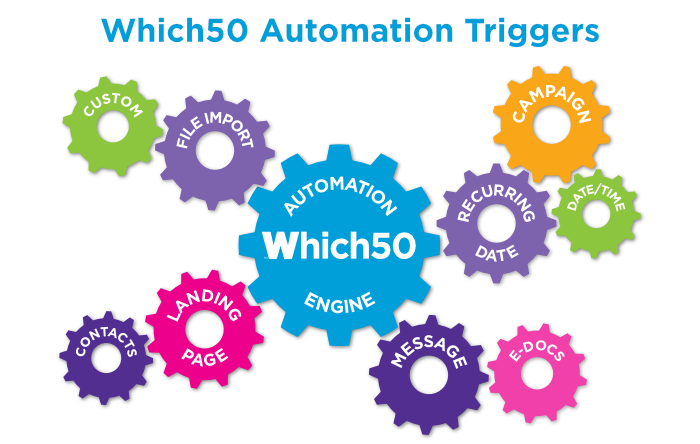
These aren’t just rudimentary time-based triggers. They encompass a variety of elements such as:
• Time: Responding to specific times or intervals such as renewal or maturity dates as well as controlling the schedule of automated campaigns.
• Data: Reacting to changes in customer data or insights – typically based on inputs from the clients CRM, Financial Systems, etc.
• Customer Interactions: Understanding actions or behaviours exhibited by customers during their journey – including when customer have NOT engaged with digital content.
• Channel Engagement: Determining which digital channels are being used and tailoring the experience accordingly – including generating print files to post to customers that remain ‘non-digital’.
The diversity of these triggers ensures that every touchpoint, every interaction, and every channel in a customer’s digital journey is accounted for. Like the complex feedback systems in our body that keep our heart in tune with our needs, these triggers keep the journey relevant and timely for each individual customer.
Example of Automation – Remediation Journey
To fully understand how these different triggers provide the key ‘pulse points’ in an automated customer journey it is worth looking at a real world example.
The Scenario:
A major retail bank operating across the UK and Ireland had a regulatory requirement to run a large scale ‘Remediation Programme’ for customers that had been impacted by the Covid Pandemic. Due to the extensive nature of the programme it was designed to run over a number of months with a large number of different ‘target cohorts’ that needed to receive different letters of apology, all of which contained secure personal and financial information.
To address this challenge, an automated journey was set up that could be triggered by a single data file for each cohort – once each data file was imported all of the other elements of the campaign were triggered automatically.
The ‘blood flow’ for a typical Automated Journey based on this scenario is illustrated and described below:
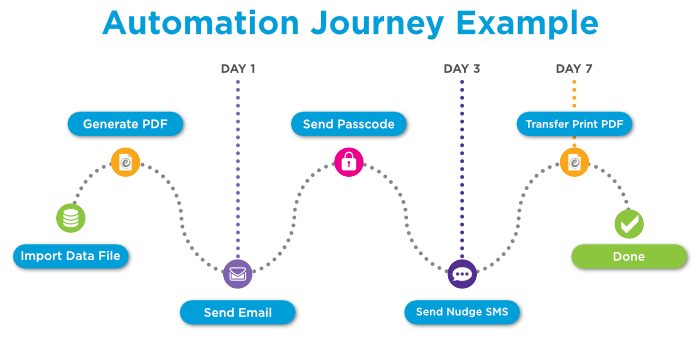
Trigger 1 – Import Data File : The key trigger to kick-off the journey is the initial data file with details on the target cohort. This data file typically arrives into Which50 on an automated basis via API or SFTP (Secure File Transfer Protocol).
Trigger 2 – Generate PDF : Once Which50 has received the data, an automated process generates a Personalised PDF for each customer in the target cohort.
Trigger 3 – Send Email : An email is then sent to each customer in the target cohort with a unique link to access their Personalised PDF letter.
Trigger 4 – Send Passcode via SMS : In order to access the letter the customer must pass through the ‘MFA Gate’ which use Multi-Factor Authentication (MFA) to protect the personal and financial details in each letter. To get through the ‘Gate’ they must request a One Time Passcode (OTP) which is then sent to their mobile phone via SMS.
Trigger 5 – Send Nudge SMS : 3 Days after the journey commenced, an SMS can be sent to all customers that have not engaged with the original Email to ‘Nudge’ them into action. This is a great way to drive customers to complete the required servicing journey and achieve regulatory goals for engagement.
Trigger 6 – Transfer Print PDF : After 7 Days a Print PDF can be transferred to the postal team so that a printed version of the letter can be sent via ‘Snail Mail’ to all customer that had still not engaged with the digital communications.
Example of Remediation Letter with Secure MFA
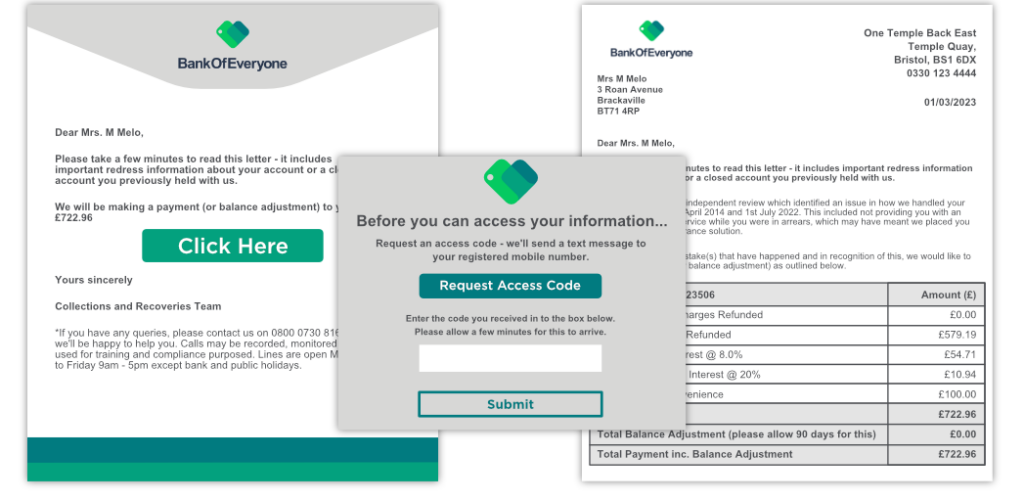
Which50 Analytics – The Heart Monitor for Automated Journeys
We think about Measurement as another key element in a SMART Customer Journey –and in our previous post in this series we discussed how organisations can track the success of their digital investments . The Which50 Analytics suite operates much like a heart monitor, continuously tracking and overseeing every nuance of engagement, ensuring the pulse of customer interaction remains robust and consistent.

Beyond just data visualisation, this analytic capability serves a dual purpose. Firstly, it furnishes businesses with invaluable insights into customer preferences and behaviour, thus honing strategies for more effective engagement in future journeys. Secondly, and perhaps more crucially for organisations in regulatory sectors, it provides an indisputable audit trail for compliance. This ensures that detailed evidence can be presented to regulators, showcasing every attempt made to contact customers. And in instances where digital outreach is not successful, the system ensures a fail-safe in the form of a traditional letter dispatch, ensuring that no customer is left uninformed.
Conclusion – Do you want to check your vital signs?
In today’s digital age, the rhythm of uninterrupted, reliable customer service is a true vital sign for service organisations in regulated sectors. Organisations will struggle to survive without the critical heartbeat of an effective Automation Engine. As we navigate the complex crossroads of personalised digital experiences and regulatory demands, it’s clear that a steady pulse is required – delivered by automation and monitored by real-time analytics.
If you would like to find out more about how the Automation Engine in the Which50 platform could provide the lifeblood to your customer journeys, please feel in the form below, and we will be in touch to arrange an introductory chat.
To read each post in our SMART Customer Journeys series, visit the links below:
Get SMART about your Customer Journeys
S – 5 ‘Data SECURITY’ Considerations for Customer Engagement
M – 5 Steps to MEASURABLE Success in Customer Engagement
A – Is For AUTOMATION – the Beating Heart of SMART Customer Journeys
R – 5 Key Considerations for Delivering a Mobile RESPONSIVE Experience to Customers
T – Targeting the Segment of One: Transforming Customer Experience with Hyper Personalisation
 LOG IN
LOG IN

